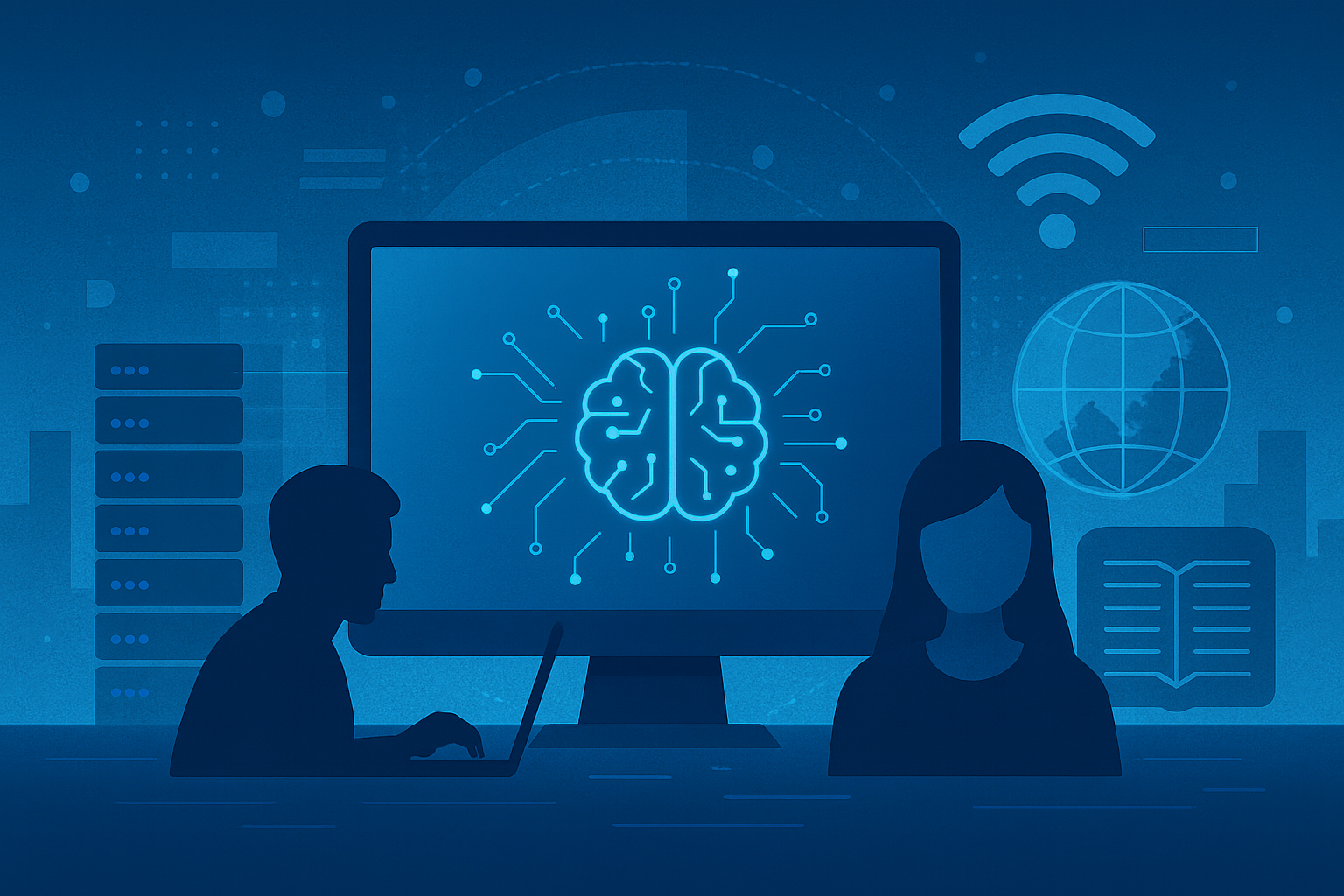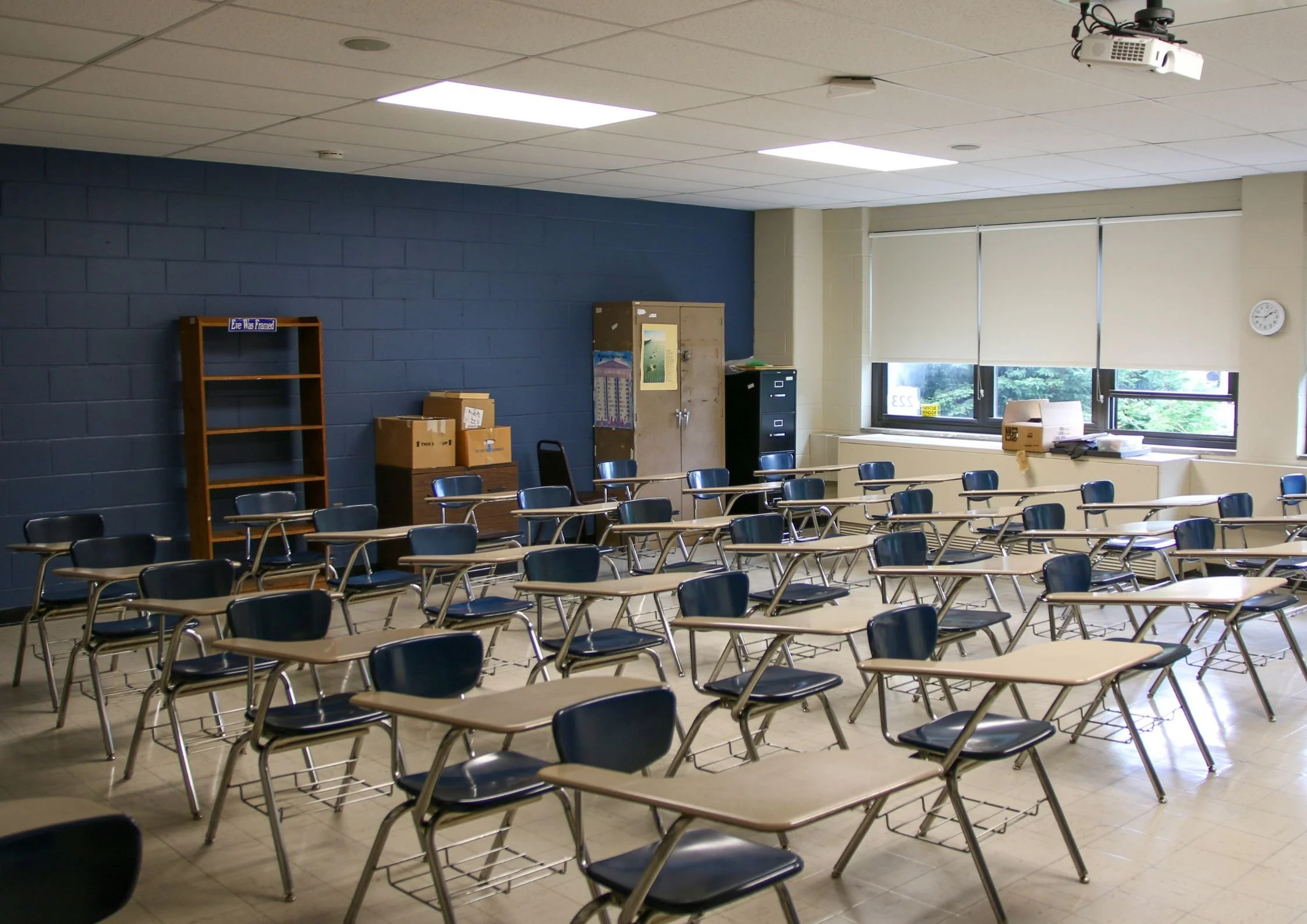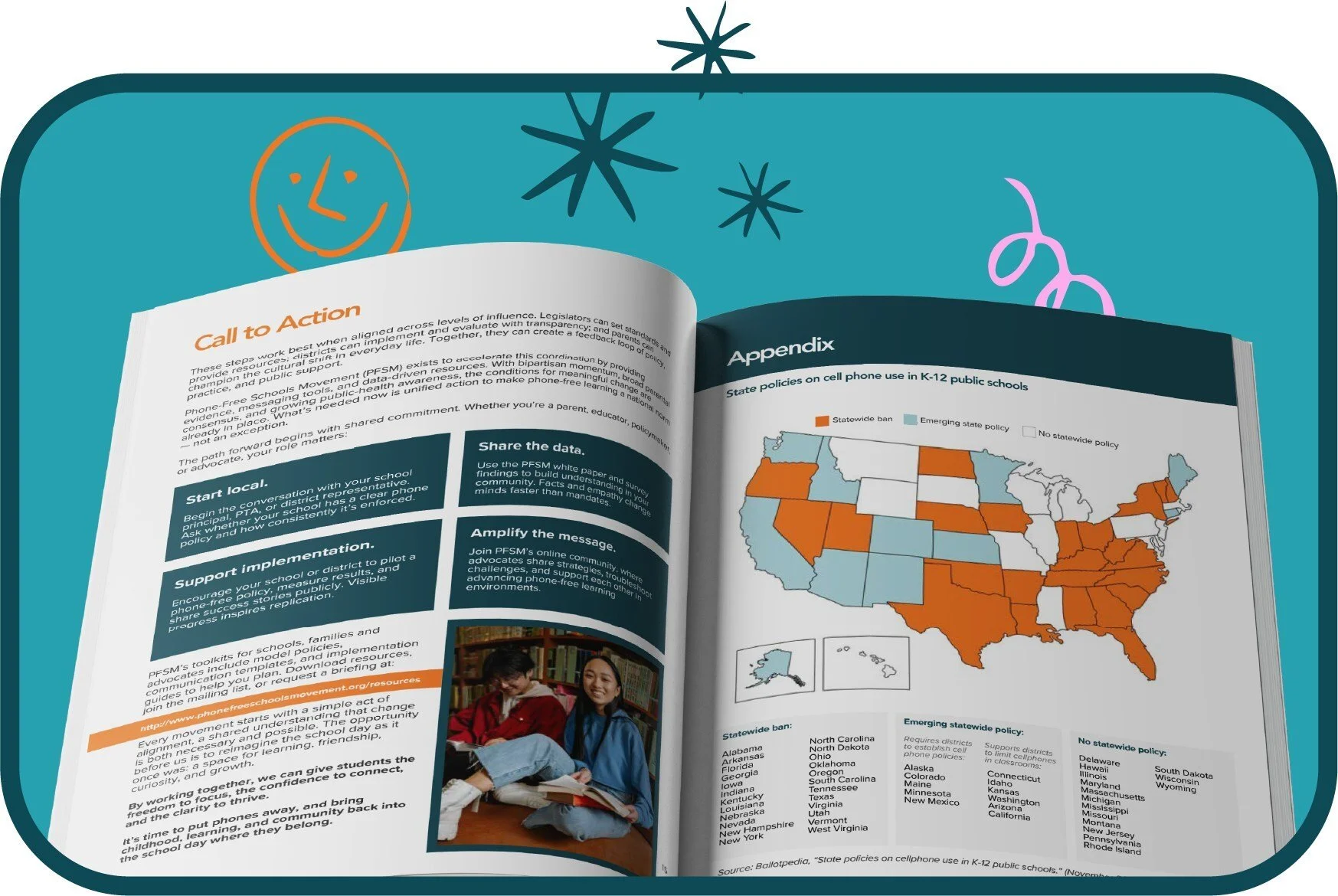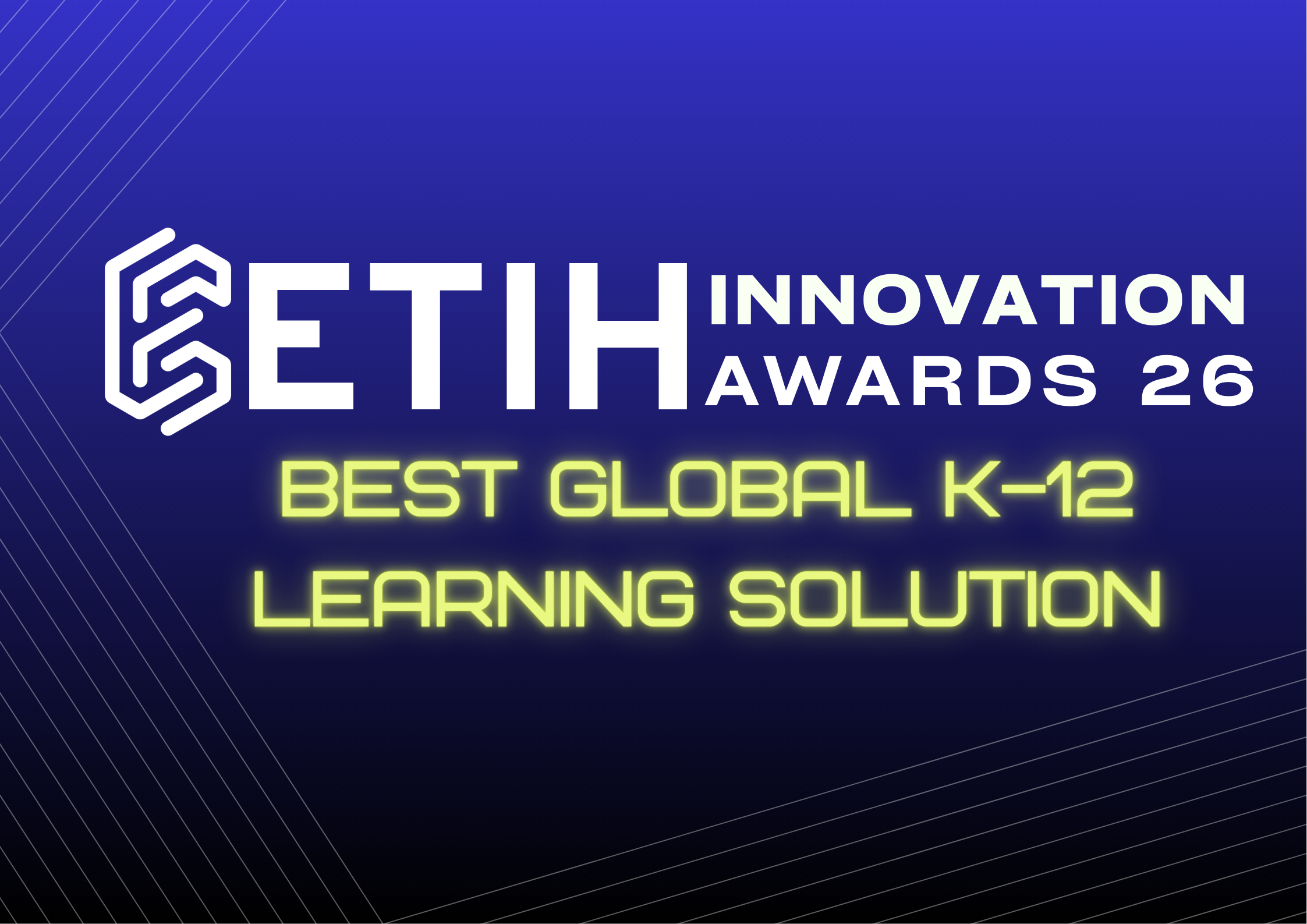New national blueprint calls for AI literacy in every U.S. classroom to prepare students for an AI-driven future
EDSAFE AI Alliance outlines urgent policy recommendations to prepare students for an AI-driven society.
The EDSAFE AI Alliance, in partnership with education, industry, and research organizations, has released The Blueprint for Action: Comprehensive AI Literacy for All, a national framework aimed at integrating AI literacy across all levels of education.
Developed in response to rising AI adoption and a 2025 executive order on advancing AI education, the blueprint offers specific policy recommendations to help federal, state, and local leaders ensure every student is prepared for a world shaped by artificial intelligence.
A national call for AI literacy
The blueprint emphasizes that AI literacy extends beyond computer science, touching every subject area and impacting civic life, ethics, and workforce readiness. It argues that without coordinated action, AI adoption in schools risks deepening inequities, leaving students and educators without the training needed to use these technologies effectively and responsibly.
More than 50 leaders from education, philanthropy, and technology collaborated to create the blueprint, co-hosted by organizations including aiEDU, Data Science 4 Everyone, and Arizona State University’s Mary Lou Fulton College of Teaching and Learning Innovation.
Erin Mote, executive director of the EDSAFE AI Alliance, says AI literacy must be universal. “We believe that AI literacy is critical throughout all domains and is as important in an English class as it is in a Computer Science class. That level of foundational literacy is what our students, our educators, our communities, and our parents are demanding now,” Mote says.
Three domains of AI literacy
The blueprint is structured around three essential domains:
Learning experiences: hands-on, age-appropriate AI learning embedded across subjects, informed by the Science of Learning and Development.
Social and ethical responsibility: teaching students to critically evaluate AI outputs, understand algorithmic bias, and consider privacy, inclusion, and accountability.
Economic and civic readiness: equipping students with the skills to navigate an evolving workforce and participate in AI-driven civic processes.
It also highlights risks of poor implementation, including cognitive offloading, ethical oversights, and deepening digital divides, if schools adopt AI tools without strong educational frameworks.
Policy and school-level recommendations
The blueprint calls for strategic investments in teacher preparation, public infrastructure, and curriculum updates. Recommendations include expanding AI-focused professional development, creating regional “AI learning hubs” that connect schools and industry, and embedding AI concepts across subjects, from analyzing bias in AI-generated texts in English to exploring ethics in social studies.
Globally, countries such as China, Singapore, and South Korea have launched national strategies embedding AI literacy into school curricula and teacher training. The blueprint warns that without similar U.S. investments, the nation risks falling behind in workforce readiness and ethical AI governance.
Mote adds that public trust must underpin all efforts. “Lifelong learning will also bolster agency, ensuring that we are not passive consumers of AI—or passive learners, employees, employers, and citizens,” Mote says.





















